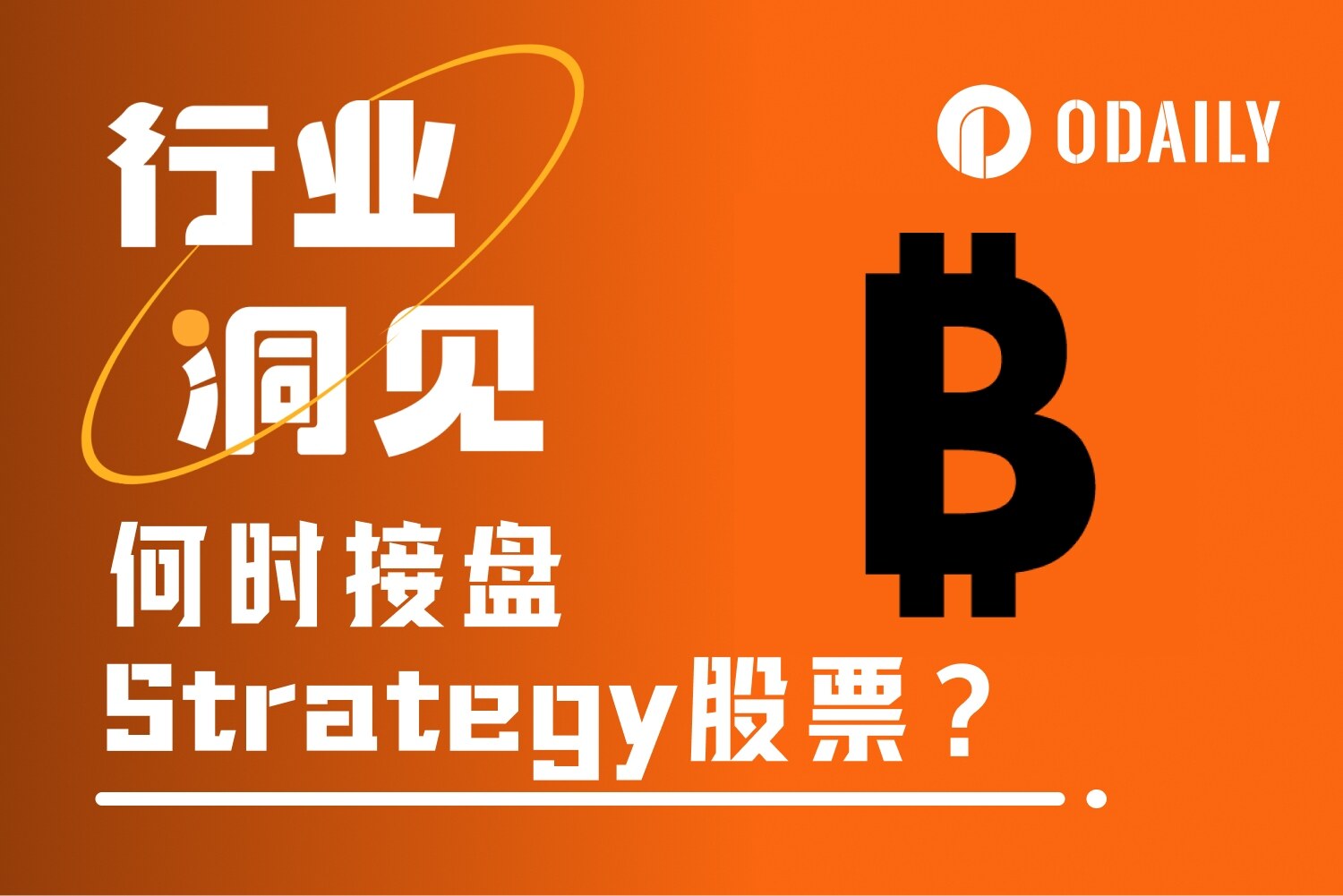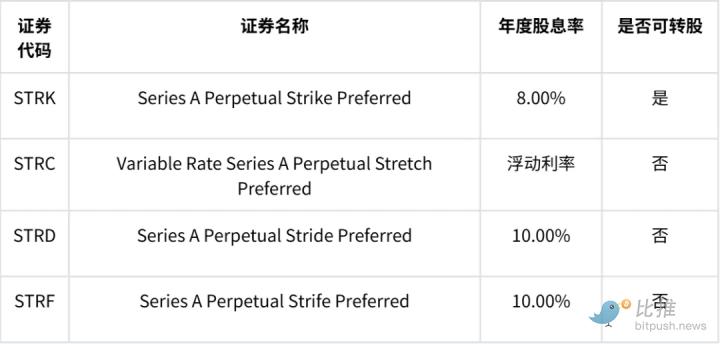In recent years, the US government has continuously strengthened export controls on high-end chips to China, in an effort to curb China's technological development in the field of artificial intelligence (AI). However, the AI model recently launched by the Chinese AI company DeepSeek has demonstrated capabilities that are close to the forefront of US technology, and with lower training costs. Does this mean that the US export control measures have failed? Or are these policies still the key to maintaining a technological lead?
Dario Amodei, the CEO of Anthropic, recently (1/30) shared his views on the development of DeepSeek, stating that while the progress of Chinese AI companies is noteworthy, it has not undermined the core objectives of export controls. On the contrary, these developments further highlight the strategic value of export controls for the competitive advantage of US AI.
Table of Contents
ToggleThe Strategic Significance of US AI Advantage and Export Controls
Dario Amodei stated that the US export control policy aims to ensure that democratic countries can maintain a technological advantage in the field of AI, rather than simply preventing China's technological development.
In the long run, US AI companies must rely on technological innovation to maintain their lead over China. However, since Chinese AI companies are still making progress under limited computing power conditions, should the US relax its technological blockade on China? Amodei believes that this line of reasoning is not valid, and the existing export control policies should be further strengthened.
The development of AI technology involves three core dynamics, understanding these dynamics can help assess the impact of DeepSeek and the future direction of US export controls.
Three Core Dynamics of AI Technology Development
1. Scaling Laws of AI Models
The performance of AI models is linearly related to the scale of training, in other words, as training resources increase, the model's performance will improve accordingly. For example, when the AI training budget is increased from $1 million to $100 million, the model's performance on cognitive tasks such as programming can potentially improve from 20% to 60%. This growth pattern encourages AI companies to continuously invest in larger computing resources to train more powerful AI systems.
2. Technological Breakthroughs and Cost Reductions (Shifting the Curve)
AI technology is constantly seeing new innovations, improving model efficiency, and reducing training costs. For example, improvements to AI algorithms or hardware architectures may reduce the cost of AI training by 50% for the same scale. However, this does not mean that AI companies will reduce their investments, but rather will invest the saved resources in larger-scale training to develop stronger AI. Research shows that the rate of decline in AI training costs has been about 4 times per year in recent years, and this trend is continuing to accelerate.
3. Revolution in AI Training Methods (Shifting the Paradigm)
AI training methods are constantly evolving, shifting from large-scale pretraining around 2020 to the emergence of Reinforcement Learning (RL) around 2024. This new approach can significantly improve AI performance in specific areas such as mathematical reasoning and programming. Currently, these reinforcement learning techniques are still in the early stages, so investment is relatively small, but they can quickly improve AI's reasoning capabilities.
Has DeepSeek's AI Model Changed the Industry Landscape?
DeepSeek-V3: Breakthrough in Engineering Efficiency, Not Disruptive Innovation
DeepSeek's recently released DeepSeek-V3 is a pure pretraining model that performs close to the top U.S. models in some AI tasks, but with significantly lower training costs. DeepSeek's technical innovations are mainly focused on engineering optimization, such as Key-Value Cache optimization and improvements to the Mixture of Experts (MoE), allowing the AI model to allocate computing resources more efficiently.
However, the external evaluation of DeepSeek-V3 has an exaggerated element. Some reports claim that DeepSeek achieved a level that U.S. AI companies invested billions of dollars to reach, with only $6 million. However, using Claude 3.5 Sonnet as an example, its training cost is around tens of millions of dollars, and the performance of DeepSeek-V3 is still behind the advanced AI models in the U.S.
The trend of declining AI training costs has existed for years, with research showing that AI training costs decline by about 4 times per year. Therefore, DeepSeek's progress is in line with this trend and is not a technological disruption.
R1: Application of Reinforcement Learning Technology, Not Revolutionary Progress
After V3, DeepSeek launched R1, an AI model that has been fine-tuned with reinforcement learning and performs better in areas such as mathematical reasoning and programming. However, this technology is similar to OpenAI's previous o1-preview, and does not represent a truly new AI training method, and therefore does not constitute a real technological breakthrough.
Export Controls: The Key to Preventing Imbalance in AI Competition
Future AI Competition: Unipolar or Bipolar Landscape
DeepSeek's progress has raised an important question: Will future AI competition be a unipolar world or a bipolar world?
- Bipolar world: If China can obtain millions of advanced chips, the AI technology of China and the U.S. will be on par, which may lead to a more unstable global technology landscape.
- Unipolar world: If China is unable to obtain sufficient computing resources, the U.S. will maintain a leading position in AI technology and further consolidate its global technological hegemony.
Currently, U.S. AI companies have millions of high-end GPUs for AI training, while China's AI computing power is limited by export control policies.
Effectiveness of Export Control Policies
DeepSeek has about 50,000 Hopper GPUs, most of which come from pre-control shipments or are models (such as H20) that are not prohibited. This shows that the U.S. export control is still effective, and the U.S. government is plugging technology loopholes to further limit China's access to critical computing power.
The U.S. export control policy aims to prevent China from obtaining millions of chips, not to completely block its access to AI hardware. If China cannot break through this threshold, the U.S. will maintain its leading position in AI and further shape the global technology competition landscape.
Export Controls Remain Crucial
DeepSeek's progress does not mean that the U.S. export control policy has failed, but rather proves that it is still effective. The U.S. should continue to strengthen its technological blockade to prevent China from obtaining sufficient computing resources to surpass U.S. AI technology. The core of future AI competition is not only technological innovation, but also the competition for computing power, and export control remains a key tool for the U.S. to maintain its technological advantage.
Risk Warning
Cryptocurrency investment is highly risky, and its price may fluctuate dramatically, and you may lose your entire principal. Please carefully evaluate the risks.








